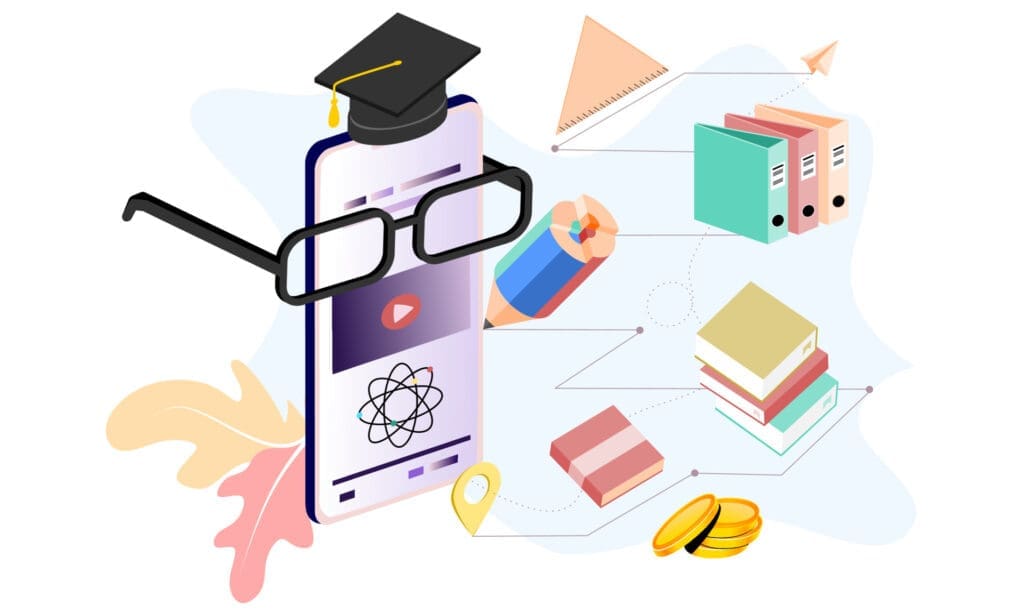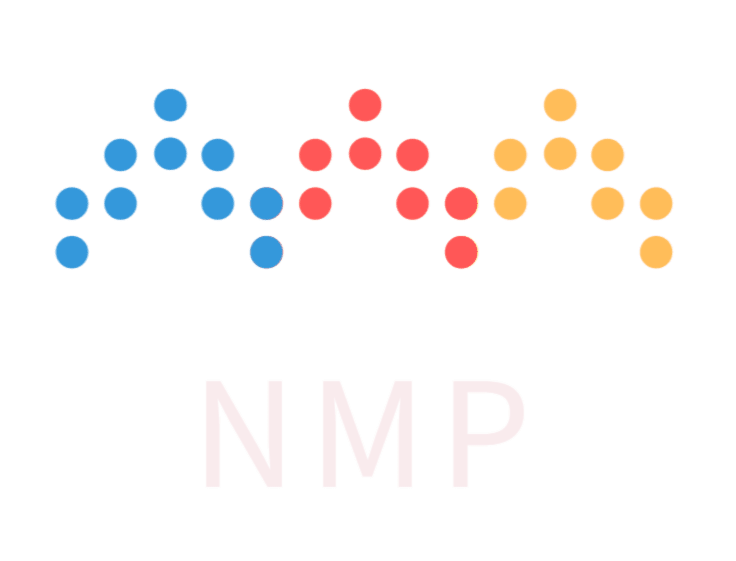Advancements in Schools Using Microsoft Teams


With the digital transformation sweeping across all aspects of our lives, one of the most notable changes has been in the education industry. In the last decade, the integration of technologies into educational settings has become increasingly prevalent – and with good reason. Schools around the world are quickly adapting to new digital platforms that fundamentally change the way teachers teach and students learn. One such platform making waves in the field of education is Microsoft Teams.
Microsoft Teams Capabilities for Schools
Microsoft Teams is more than just a communication platform. It’s a hub for teamwork in Office 365 that brings together educators, administrators, students, and parents to foster collaborative and interactive learning. The following capabilities are what make it an indispensable tool for modern schools:
Virtual Classrooms and Meetings
With Microsoft Teams, schools can host live virtual classes and meetings, complete with audio, video, chat, and screen sharing capabilities. This facilitates remote learning and allows for interactive sessions that mimic in-person classes, ensuring a continuity of the learning experience.
Collaboration Tools for Educators and Students
Educators and students can take advantage of various collaborative tools within Teams, such as OneNote, to share notes and multimedia content in real-time. This kind of collaboration encourages creativity, critical thinking, and teamwork – crucial skills for the 21st-century learner.
Integration with Microsoft Office Apps
Teams seamlessly integrates with apps like Word, Excel, PowerPoint, and OneNote to enrich the learning process. Teachers can distribute, collect, and grade assignments using these familiar tools, making the entire process more efficient and accessible.
Advancements in Education with Microsoft Teams
The implementation of Microsoft Teams in schools has unlocked several advancements that benefit the educational community:
Enhanced Communication Across the Board
Teams encourages more open and efficient communication between teachers, students, and parents. The different available channels allow for segmented discussions, announcements, and the sharing of resources, ensuring everyone is always up to date.
Streamlined Assignment Submissions and Feedback
Gone are the days of physical papers and cumbersome handouts. In Teams, students can submit their assignments electronically, and teachers can provide feedback directly within the platform, facilitating a more streamlined and effective process.
Remote Learning Flexibility
The remote learning flexibility that Teams offers has been particularly beneficial during times of crisis. It ensures that learning can continue uninterrupted, allowing schools to offer greater flexibility to students and ensuring a backup plan for any disruptions.
Benefits for Educators and School Administrators
Educators and school administrators are experiencing a multitude of benefits as they incorporate Microsoft Teams into their daily operations:
Time-Saving Features
Teams includes features like assignment scheduling and automated grading that saves teachers time, allowing them to focus more on one-on-one interaction with students and the improvement of their pedagogy.
Centralized Platform for School-wide Communication
School administrators can use Teams as a centralized platform for all school communication, including staff meetings, professional development, and disseminating important information to the entire school community.
Data Analytics for Student Performance
Teams provides powerful analytics that help educators and administrators track student performance and identify areas where additional support may be needed. This type of data-driven approach can lead to better outcomes and more personalized education.
Future Trends and Innovations
With the rapid evolution of educational technology, Microsoft Teams is poised to be at the forefront of future trends and innovations. Some potential advancements include:
AI Integration for Personalized Learning
Artificial intelligence is set to revolutionize education by providing personalized learning experiences to students. Microsoft’s investments in AI could lead to richer and more adaptive content within Teams.
Virtual Reality for Immersive Education
The integration of virtual reality (VR) into Teams could create groundbreaking opportunities for immersive education, allowing students to explore historical sites, conduct laboratory experiments, or practice real-world skills in a secure and controlled environment.
Considerations for Adopting Advanced Technologies
While the benefits are clear, schools must also be mindful of the challenges that come with adopting and integrating advanced technologies. Training educators, ensuring equitable access for all students, and maintaining data privacy are just a few considerations that need to be addressed.
Conclusion
Microsoft Teams is not just a tool for meetings or group work; it’s a comprehensive solution that is reshaping the educational landscape. By streamlining communication, offering powerful collaboration tools, and providing insights through analytics, Teams is empowering schools to provide a more engaging and effective learning experience.
The possibilities for Teams in schools are vast, and as technology continues to advance, so too will its capabilities. Whether it’s through AI providing tailored educational pathways or VR bringing new dimensions to learning, the future with Microsoft Teams in education is bright and full of potential. It’s an exciting time to be in the world of education where the adoption of innovative technology promises to extend the boundaries of what’s possible in learning and teaching.


Recent Comments